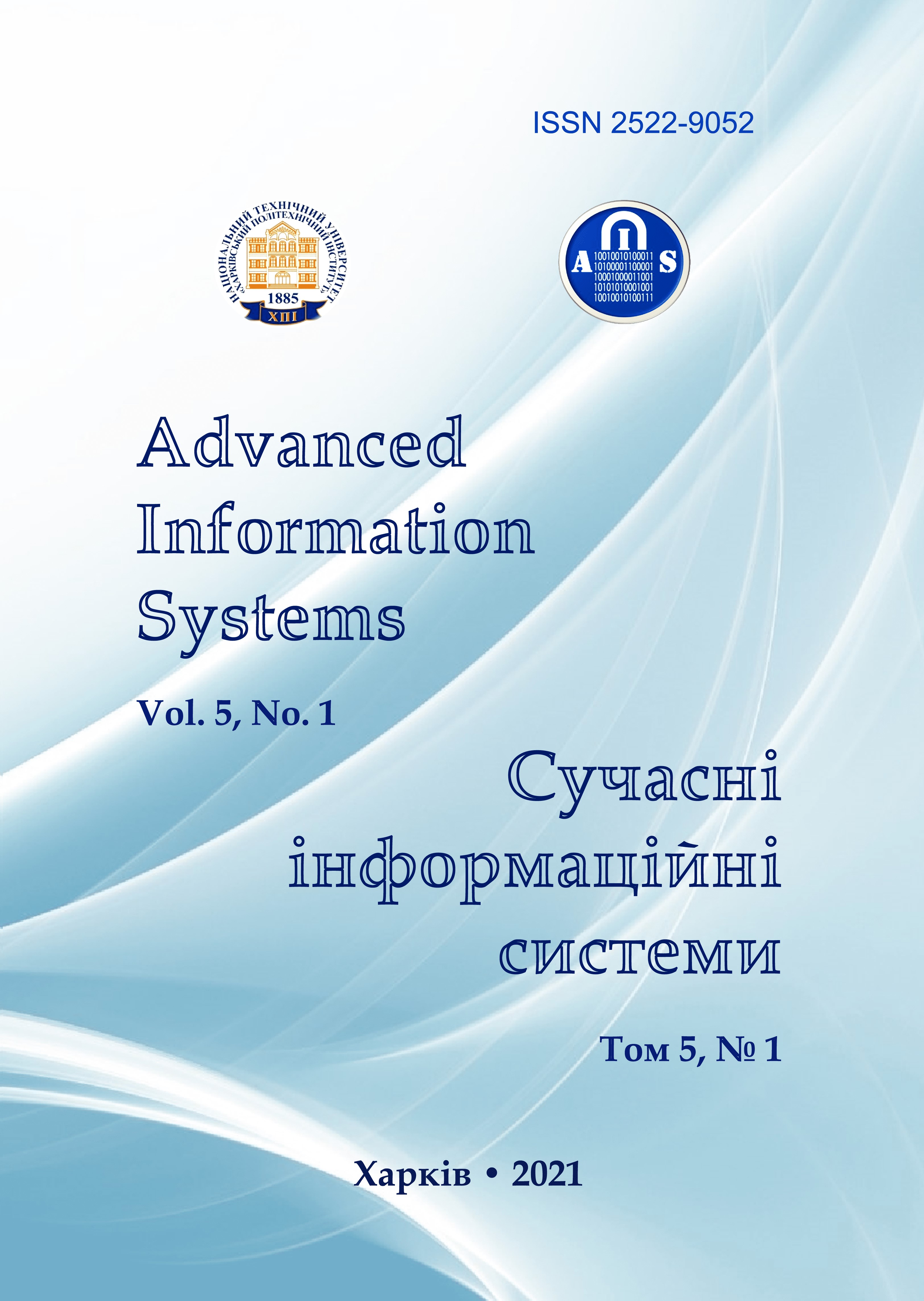Calculation apparatus for modeling the distribution of electromagnetic fields of different sources
Main Article Content
Abstract
The calculation apparatus acceptable for assumptions and simplifications and sufficient for errors of final results for modeling the propagation of electric, magnetic and electromagnetic fields spread over a certain area was proposed. It is shown that to model the propagation of ultra-low frequency electric and magnetic fields (monitors, uninterruptible power supplies, transformers, electric motors and generators) it is possible to consider these sources as dipole and dipole-quadrupole type sources. That is, the field of the local source can be considered as a combination of electric and magnetic dipoles. This makes it possible to delineate with sufficient accuracy the zones of exceeding the maximum allowable field strengths. The calculation apparatus used to determine the radiation intensities of civil aviation radar equipment was adapted to model the propagation of electromagnetic fields of very high and ultra-high frequencies. The calculations of coefficients that take into account the parameters of radiation patterns in the horizontal and vertical planes for the most common radiation sources are given. These ratios and corresponding coefficients can be used to determine the electromagnetic environment in the presence of many high-frequency sources (mobile communication base stations, navigation equipment, radio relay stations, etc.). The proposed approach allows to automate processes of designing the placement of electromagnetic, electronic and radio equipment in production areas and territories, as well as to assess the environmental impact at the stages of design work. This will make it possible to delineate the isolines of the limits of exceeding the maximum permissible levels of electric magnetic and electromagnetic fields for different frequency ranges and categories of equipment and to automatically determine the electromagnetic load at each point of the controlled space.
Article Details
References
Podoltsev, A.D. and Kucheryavaya, I.N. (2015), “Multiphysical modeling of electrotechnical devices”, Technical electrodynamics, No. 2, pp. 3–15.
Zablodskiy, N.N., Filatov, M.A. and Gritsyuk, V.Yu. (2012), “Numerical modeling of electromagnetic fields in polyfuncti-onal electromechanical converters with a hollow perforated rotor”, Electrotechnics and electromechanics, No. 1, pp. 25–27.
Stepanov, A.N. (2011), “Modeling of the external magnetic field of a three-phase electric machine” Scientific notes, GTU, Komsomolsk-on-Amur, No. ІІІ-1 (7), pp. 13–20.
Levchenko, L.O., Sukach, S.V. and Konovalova, O.V. (2014), “Modeling of spatial distributions of magnetic fields of electric machines for definition of zones of safe stay of personnel”, Bulletin of Kremenchuk Mykhailo Ostrogradsky National Universi-ty, Is. 6 (89), part 1, pp. 27–31.
Pryor, R.W. (2011), Mutiphysics Modeling Using COMSOL: A First Principles Approach. Jones and Bartlett Publishers, 872 p.
Levchenko, L.O. (2016), “Modeling of spatial distributions of electromagnetic fields of overhead power lines”, Information processing systems, No. 1, pp. 29−37.
Kirpanev, A.V. and Lavrov, V.Ya. (2012), Electromagnetic field: The theory of identification and its application, University book, Moscow, 278 p.
Mordachev, V.I. (2012), “Electromagitic load on the territory created by electromagnetic radiation of base stations of cellular communication”, Reports of the Belarusian State University of Informatics and Radioelectronics, No. 6. pp. 114−121.
Mordachev, V.I. and Svistunov, A.S. (2013), “Necessary and sufficient power level of electromagnetic radiation of base sta-tions of the GSM network”, Reports of the Belarusian State University of Informatics and Radioelectronics, No. 7, pp. 44–50.
Shandala, M.G., Dumansky, Yu.D. and Ivanov, L.S. (1988), Methodical instructions for determining the levels of the electro-magnetic field for air traffic control of civil aviation of the HF, UHF, UHF, and microwave bands. Moscow, 44 p.
Perelyot, T.M. (2017), Monitoring and normalization of levels of low-frequency electromagnetic fields in production condi-tions, diss PhD 05.26.01, Kyiv, 145 p.
